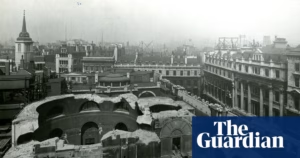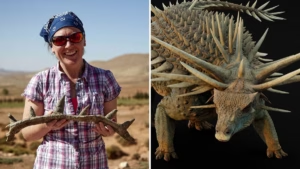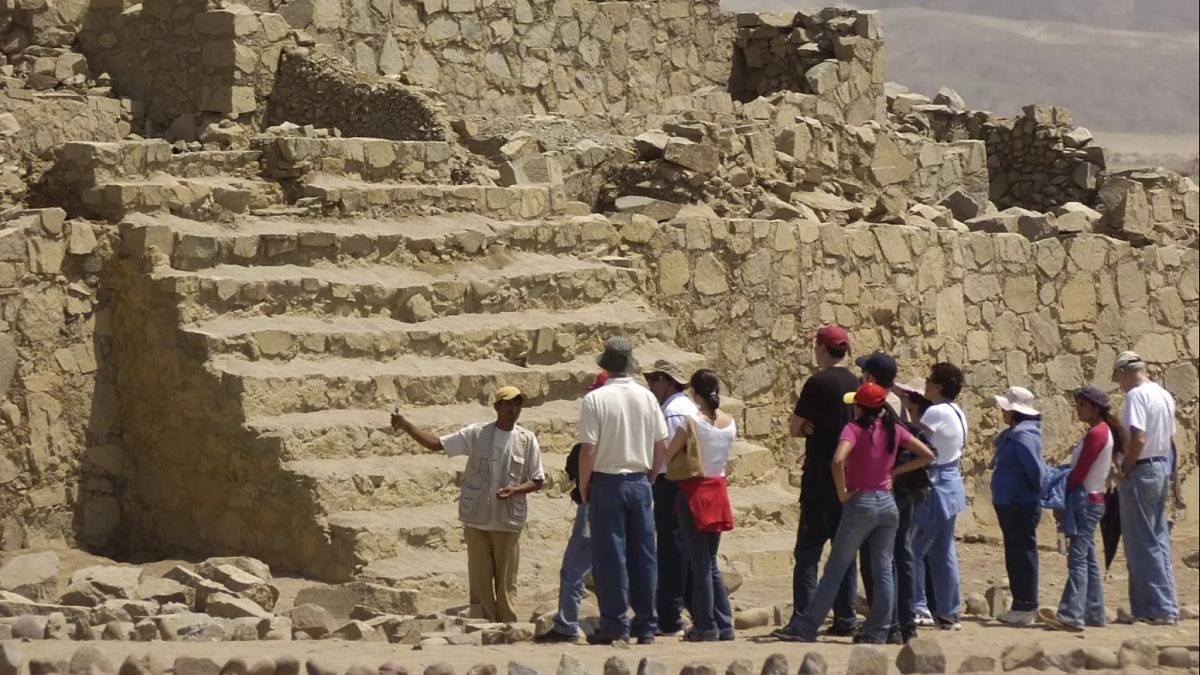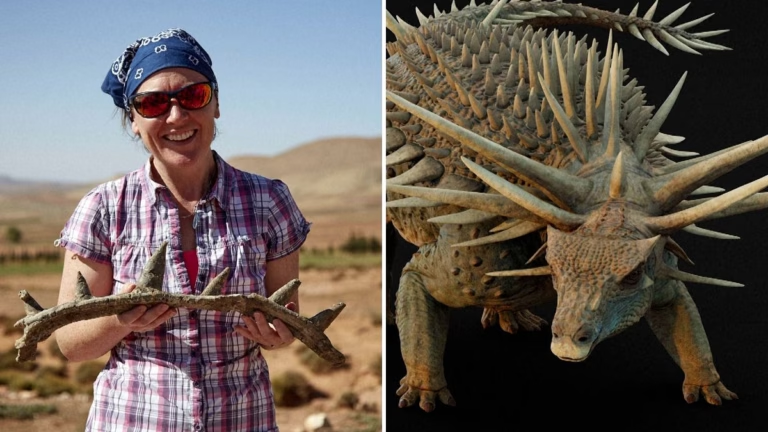The Caral archaeological site in Peru, one of the country’s most significant archaeological areas, boasts a new addition after eight years of excavations, research, and conservation efforts. Known as Peñico, it is recognized by experts as a “city of social integration” due to its strategic location, which linked the Supe and Huaura valleys, as well as the numerous homes, public buildings, and ceremonial spaces it housed.
On July 12, the Caral Archaeological Zone will host the first Peñico Raymi, a traditional Andean festival, to officially open the newly discovered site. The discovery dates the city of Peñico to around 1800 and 1500 BC, a period following the main development of the Caral culture, which emerged between 3000 and 1800 BC. The Caral civilization is considered the oldest in the Americas, and had declined by around 1800 BC.
Peñico’s significance in the valley and its role in the exchange network might have been linked to the extraction and circulation of hematite, a mineral of great symbolic importance in Andean cosmology. Hematite was used to create red pigment. Among the 18 constructions found during the excavations, a ceremonial hall stands out, with antechambers featuring friezes of pututus, wind instruments originally made from a seashell. The presence of pututus suggests connections with other pre-Columbian groups in northern Peru.
The Caral-Supe site, a UNESCO World Heritage Site located less than 200 kilometers north of Lima, was built 600 meters above sea level on a terrace parallel to the Supe River and surrounded by hills reaching a height of 1,000 meters. The Caralan builders chose this strategic location to enhance the monumentality of their buildings, provide protection from natural disasters, and promote interaction and exchange with other civilizations.
Source: https://www.euronews.com/culture/2025/07/12/lost-and-found-peru-unveils-sacred-city-of-caral-hidden-for-nearly-4000-years







